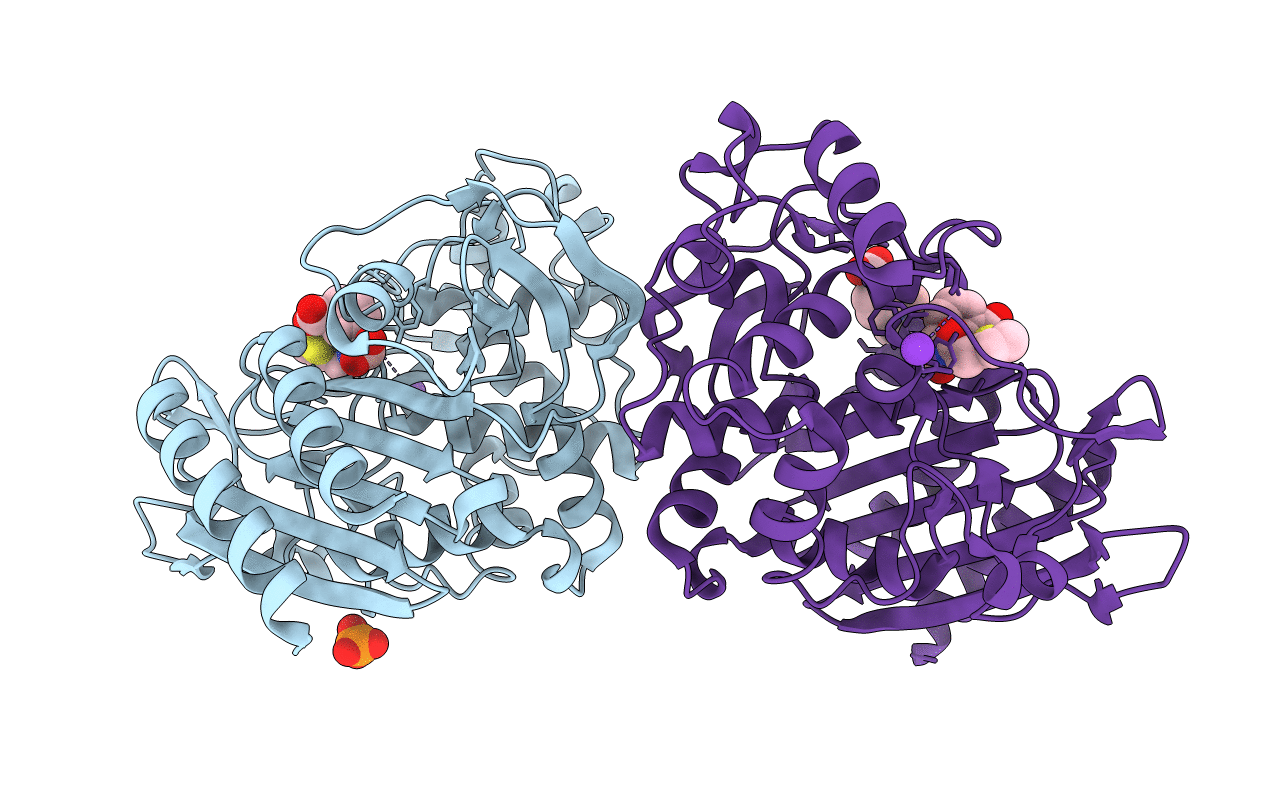
Deposition Date
2003-05-29
Release Date
2004-02-24
Last Version Date
2024-11-20
Entry Detail
PDB ID:
1PI5
Keywords:
Title:
Structure of N289A mutant of AmpC in complex with SM2, carboxyphenylglycylboronic acid bearing the cephalothin R1 side chain
Biological Source:
Source Organism:
Escherichia coli (Taxon ID: 562)
Host Organism:
Method Details:
Experimental Method:
Resolution:
1.49 Å
R-Value Free:
0.16
R-Value Work:
0.15
Space Group:
C 1 2 1


